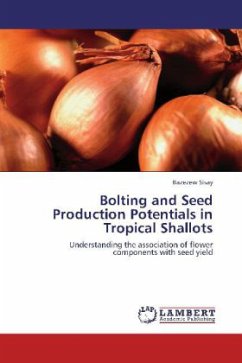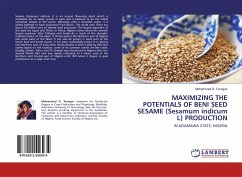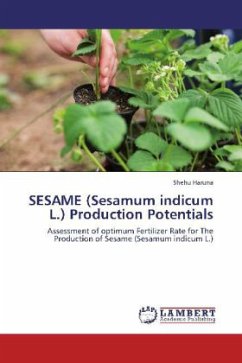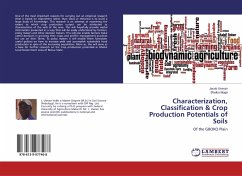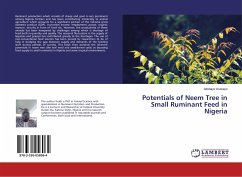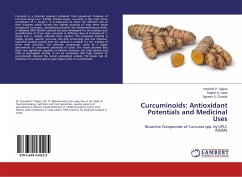Shallot as most Aggregatum alliums, is mainly propagated vegetatively by bulbs. The exclusive use of bulbs as planting material however suffers from many problems; a large quantity of planting material, poor keeping quality that there are losses due to sprouting and decay, bulbs also carry viral, fungal and bacterial diseases to generations and hence, gradual or fast increase in contamination and a subsequent decrease in yield. As a result, bulbs are invariably less preferable as planting material. Using seed as planting material however, provide phytosanitory advantages that avoid handling and propagation complications and possibility for improvement of qualitative and quantitative traits. But there exist very little literature on the possibility of manipulating flowering for seed production under natural cold stimuli. This book provides invaluable information on the possibility and extent of association of floral components with seed yield and quality. It is my strong conviction that the information given in this book would be of higher importance to individuals, researchers and organizations who may be involved in shallot or alliums seed production and development.

